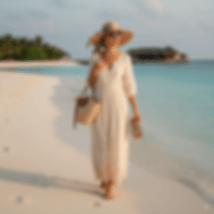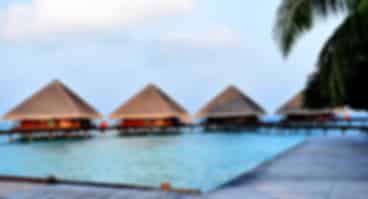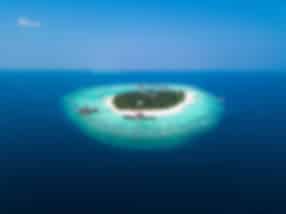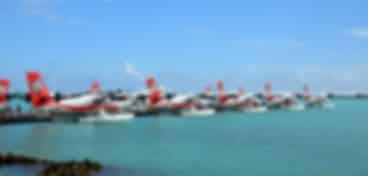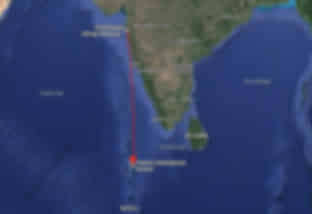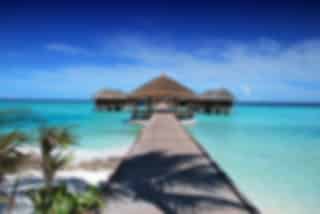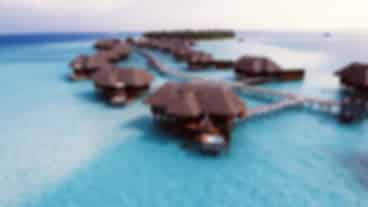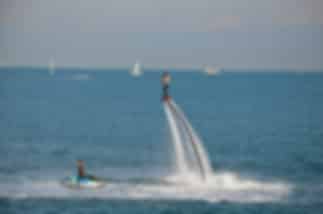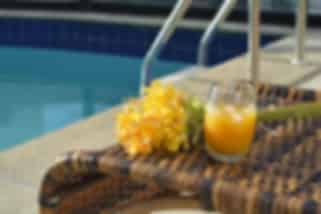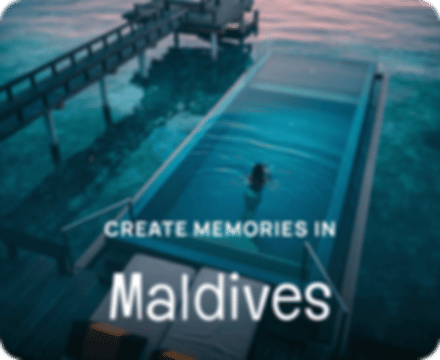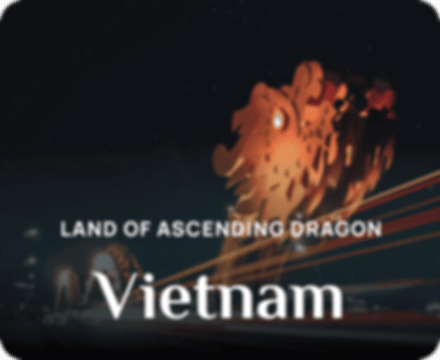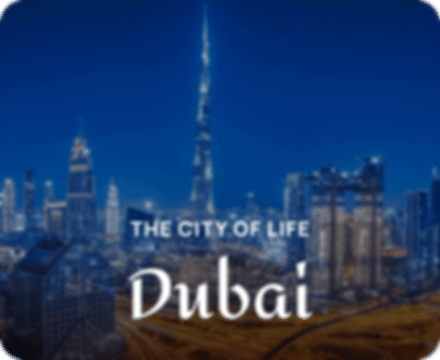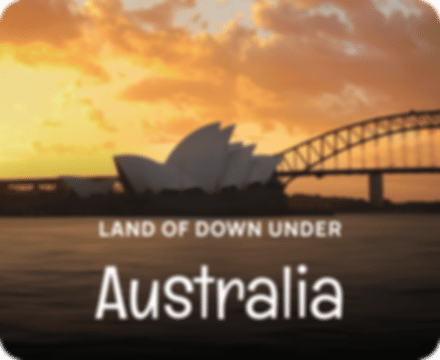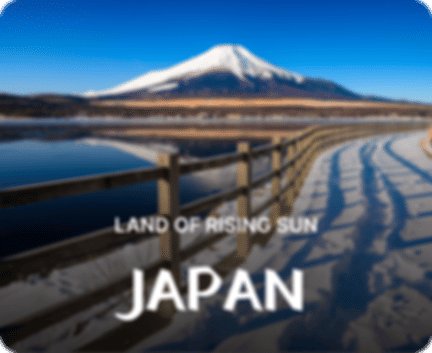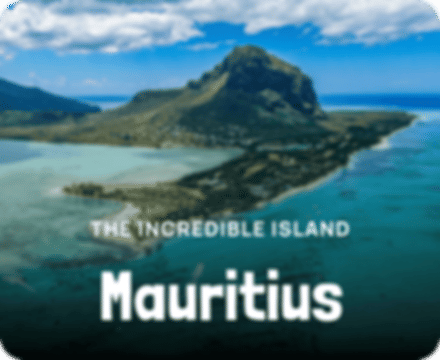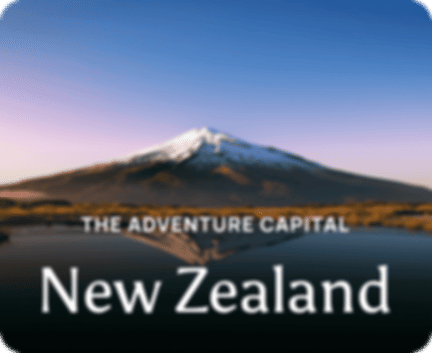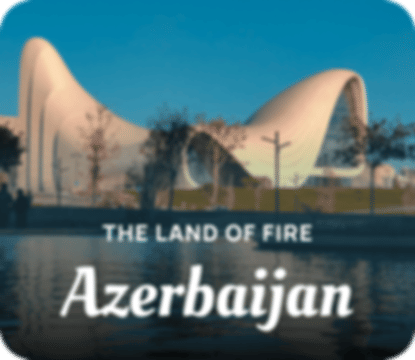List of Inhabited Islands in Maldives – Must Visit!
Author
Raj Kumar Bora
Updated Date
November 20, 2025
Read
8 minutes
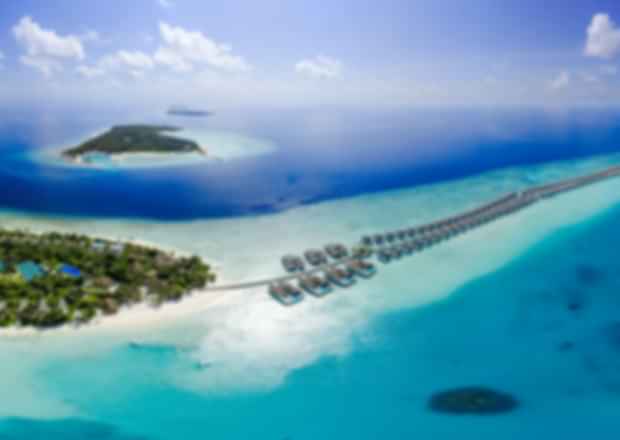
The Maldives is a country in the Indian Ocean, blessed with sparkling white beaches, blue ocean waters and amazing marine life. The nation comprises 1,192 coral reef islands, of which about 200 are home to the local population. These inhabited islands in the Maldives provide a real picture of the Maldivian culture, traditional crafts and local island lifestyle. In contrast to the resort islands that receive only international tourists, the local islands in the Maldives have local communities possessing a rich cultural heritage. Be it the bustling capital city of Male or the distant fishing villages of Vaadhoo, every inhabited island in the Maldives narrates a different story about the country’s heritage.
Key Takeaways
- The Maldives has 200 inhabited islands across 20 atolls, offering authentic cultural experiences beyond luxury resorts.
- Local islands provide budget-friendly alternatives with guesthouses starting from Rs. 2,640-4,405 (MVR 459-770 MVR) per night, compared to Rs. 26,400 (MVR 4,590+) resort rates.
- Popular inhabited islands include Maafushi for water sports, Vaadhoo for the Sea of Stars phenomenon, and Malé for cultural immersion.
- Visitors must respect Islamic customs on local islands, including modest dress codes and alcohol restrictions.
- Island hopping between inhabited islands costs Rs. 1,320-2,205 (MVR 230-385) per speedboat transfer, making multi-island exploration affordable.
What Are the Inhabited Islands in the Maldives?
The Maldives has 20 natural atolls, each comprising a combination of inhabited islands, resort islands and uninhabited islands. The private islands in the Maldives are tourist-oriented, which makes them exclusive and expensive. While the inhabited islands in the Maldives welcome visitors to experience local culture, stay in guesthouses and interact with Maldivian families, at a fraction of resort costs.
Maldives Atolls and Local Communities Worth Exploring
Kaafu Atoll – The Heart of Maldivian Culture
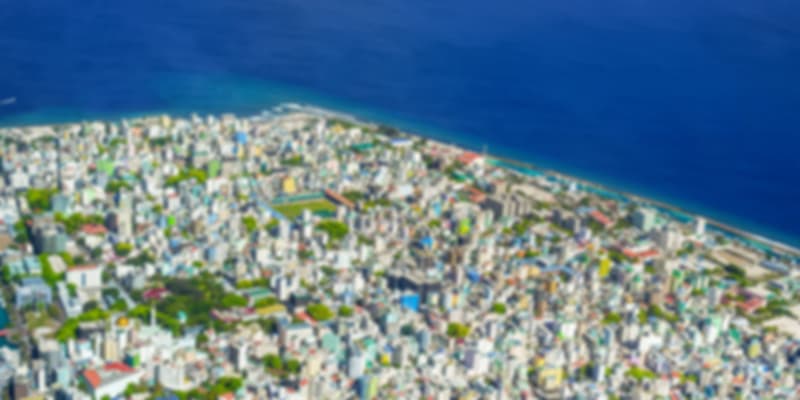
male atoll kaafu atoll
Kaafu Atoll or Malé Atoll is the entry point to the Maldives and has the largest variety of local island experiences.
Malé: The Capital City
Malé is the capital and the most populous city in the Maldives. The city demonstrates contemporary Maldivian life without losing the traditional Islamic heritage.
Key attractions:
- Grand Friday Mosque
- Malé Fish Market
- The National Museum
Maafushi Island: The Adventure Hub
Maafushi is one of the most popular inhabited islands in the Maldives. This tropical paradise is famous to the international community due to the presence of sparkling ocean waters, a range of guesthouse accommodations and thrilling water sports facilities.
Key attractions:
- Bikini Beach
- Arena Beach
- Snorkelling tours to Banana Reef
- Shipwreck Diving
Thulusdhoo: The Surfing Capital
Thulusdhoo boasts the best surf breaks in the world that appeal to surfers worldwide. The island is also a centre of traditional Maldivian crafts, and the visitors get a chance to see the local artisans at work.
Key attractions:
- World-class surf breaks
- Snorkeling & Diving
- Dolphin Cruises
Huraa Island: Romantic Getaway
Huraa is a dream combination of romance and adventure, and it is a favourite destination of honeymooners who want to experience the authentic Maldivian world. The charm of the island, with its crystal-clear lagoons and pristine beaches, offers couples the most beautiful setting.
Key attractions:
- Surfing
- Dolphin cruises
- Fishing trips
- Turtle and Manta Point Snorkelling
Kaashidhoo Island: Agricultural Heritage
Kaashidhoo is a unique island with its agricultural activities, which is a contrast to the fishing-dominated economy of the Maldives. The island cultivates vegetables, fruits and medicinal plants, which give the visitors an understanding of the traditional farming techniques.
Key attractions:
- Ruins of a Buddhist monastery
- Island farming tours
- Natural white-sand beaches
Baa Atoll – A UNESCO Biosphere Reserve
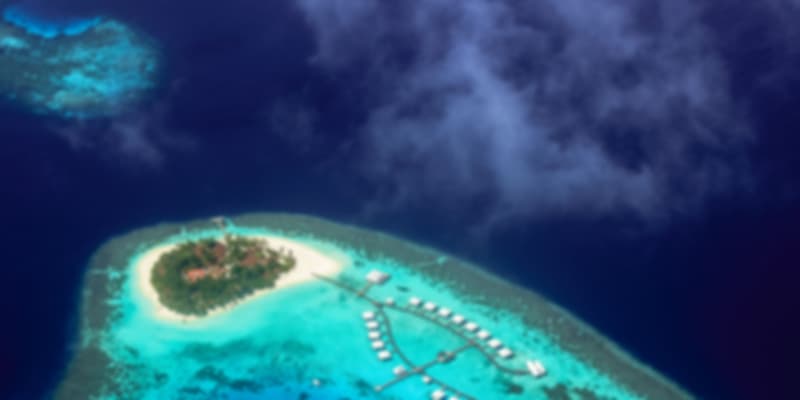
Inhabited Islands in Maldives
The Baa Atoll is listed under the UNESCO Biosphere Reserve due to its outstanding marine biodiversity and sustainable tourism.
Fulhadhoo: Remote Paradise
Fulhadhoo is located approximately 100 kilometres from Malé, and is one of the most remote islands in the Maldives. This isolation has ensured that it maintains a clean environment and traditional lifestyle.
Key attractions:
- Night fishing with local fishermen
- Snorkelling at Hanifaru Bay
Thulhaadhoo: Artisan Island
Thulhaadhoo is specialised in the production of traditional lacquerware that is produced through generations. Visitors can witness the craftsmen producing detailed patterns on wood products using the traditional methods.
Key attractions:
- Lacquer workpieces.
- Locally made souvenirs.
Maalhos: Marine Conservation Hub
Maalhos is among the biggest manta ray feeding zones in the world, and the island community is actively engaged in the conservation of the marine environment.
Key attractions:
- Manta rays and whale sharks gatherings
- Snorkelling trips to Hanifaru Bay.
Haa Alif Atoll – Northern Wilderness of the Maldives
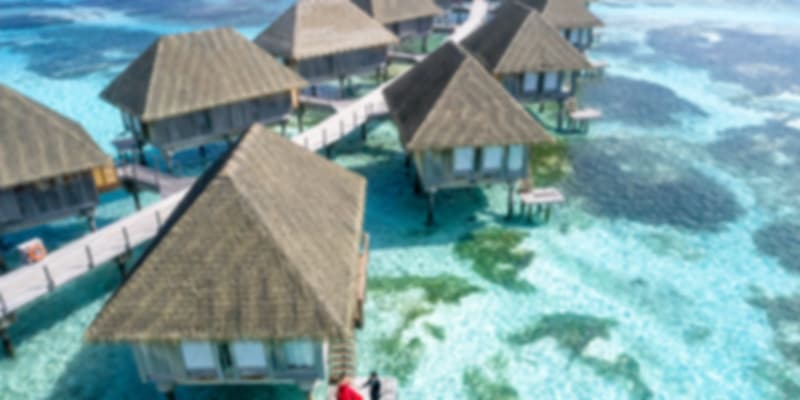
Inhabited Islands in Maldives
Haa Alif Atoll is the northernmost inhabited region of the Maldives. The isolation of this atoll has helped to preserve the true Maldivian way of life.
Dhiddhoo: Administrative Centre
Dhiddhoo is the capital of Haa Alif Atoll and represents the administrative side of Maldivian island life.
Key attractions:
- Traditional fishing
- Coconut cultivation
- Local handicrafts
Utheemu: Historical Significance
The Utheemu Island in the Maldives is best known for its historical sites. The island holds special importance as it is the birthplace of Sultan Mohamed Thakurufaanu, the national hero of the Maldives.
Key attractions:
- Utheemu Ganduvaru Palace
- Utheemu Cemetery
- Kadhuvalhu Old Mosque, also called the Utheemu Mosque
Raa Atoll – Natural Wonders and Phenomena
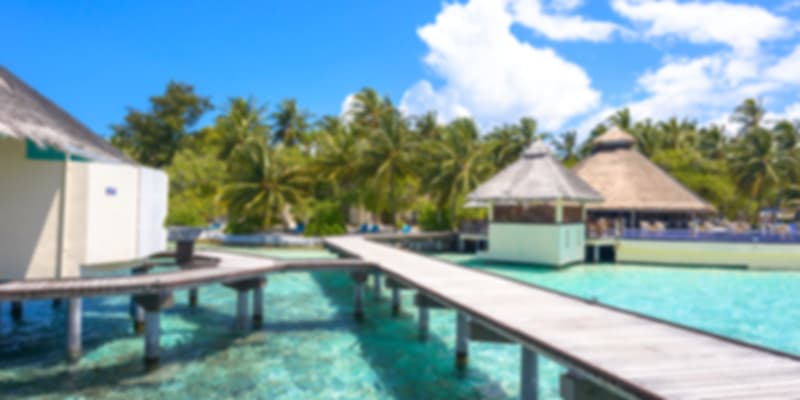
Inhabited Islands in Maldives
Raa Atoll is a blend of natural phenomena and traditional life on the islands, which provides the visitor with a fresh experience that cannot be found in any other part of the Maldives.
Vaadhoo: Sea of Stars Island
Vaadhoo is a magical inhabited island in the Maldives, famous for its bioluminescent beach phenomenon. Known as the “Sea of Stars“, this natural phenomenon occurs when bioluminescent plankton are disturbed by waves or any physical motions.
Key attractions:
- Bioluminescent Beaches
- Snorkelling and Scuba Diving
- Boat Tours and Sunset Cruises
Meedhoo: Luxury Meets Tradition
Meedhoo is a balance between luxury tourism facilities and the traditional island culture.
Key attractions:
- Tropical forest hiking
- Snorkelling and Scuba Diving
- Spa treatments
- Cultural performances by island residents.
Lhaviyani Atoll – Ancient Heritage and Island Life
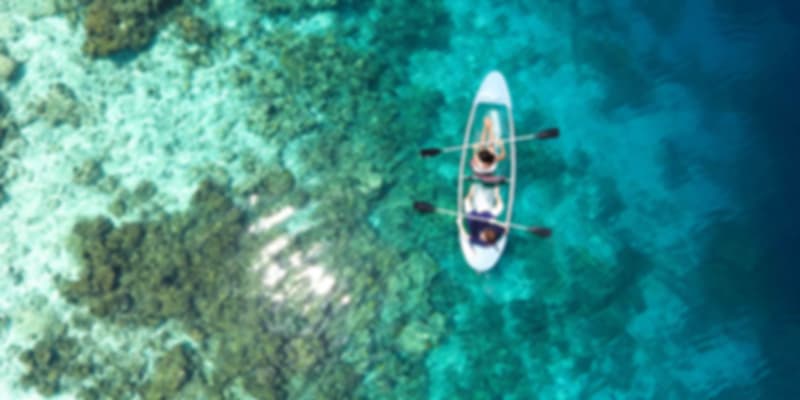
Lhaviyani Atoll
Lhaviyani Atoll contains some of the oldest inhabited islands in the Maldives.
Naifaru: Island Capital
Naifaru is the capital of Lhaviyani Atoll and the ideal place of relaxation. It is known for its authentic and peaceful Maldivian experience.
Key attractions:
- Rejuvenating spa experiences
- Boat tours and sunset cruises around the island
- Traditional dhoni construction
Kurendhoo: Ancient Settlement
Kurendhoo is one of the oldest inhabited islands in the Maldives. It is mainly recognised for its excellent fishing opportunities.
Key attractions:
- Ancient mosques
- Snorkelling and scuba diving
- Swimming with manta rays and turtles.
Planning Your Trip to Inhabited Islands in the Maldives
Transportation Between Local Islands
The transportation in the Maldives mainly revolves around speedboats and seaplanes to transfer between the islands.
- Speedboat transfers in the Maldives are usually priced between Rs. 1,320 to Rs. 2,200 (230-385 MVR) per person, whereas the seaplane transfers are highly priced.
- Public ferries are a budget-friendly transportation alternative and operate between the major inhabited islands in the Maldives.
Accommodation Options on Local Islands
The local islands offer diverse accommodation options ranging from basic guesthouses to the best resorts in the Maldives.
Best Time to Visit the Maldives’ Inhabited Islands
November through April is the dry season and the best time to visit the Maldives. This time of the year has warm weather, calm seas and ideal conditions for water activities.
May in the Maldives marks the beginning of the monsoon season, which brings occasional rainfall. However, shoulder season offers great deals that attract budget-conscious travellers.
Final Thoughts – Why Visit Inhabited Islands in the Maldives?
Inhabited islands in the Maldives offer authentic cultural experiences at affordable prices. From the bustling streets of Malé to the bioluminescent shores of Vaadhoo, island hopping in the Maldives gives you an insight into Maldivian life. Budget travellers can explore multiple inhabited islands for the cost of a single resort night and still experience the pristine beaches, world-class diving experiences and genuine hospitality. Plan your Maldives holiday itinerary with Pickyourtrail and explore the best Maldives tour packages for a memorable experience.
FAQ’s
Visiting inhabited islands costs significantly less than resort islands, with guesthouse accommodation ranging between Rs. 2,500-12,500 (MVR 460–2,300) per night. Daily expenses, including meals, activities and transportation, range between Rs. 4,000-8,500 (MVR 770–1,500) per person.
No special permits are required for tourists visiting inhabited islands. However, you must respect local customs and dress codes.
Inhabited islands are home to local Maldivian communities and welcome visitors to experience authentic culture through guesthouses. Resort islands are exclusively tourist-oriented with no local community presence.
Alcohol consumption is prohibited on inhabited islands due to Islamic law. However, some islands have designated tourist areas or “bikini beaches” where different rules may apply.
Transportation between inhabited islands uses speedboats, Rs. 1,250-2,100 (MVR 185–370) per transfer, public ferries Rs. 250-670 (MVR 40–120) per journey or seaplanes Rs. 8,300–25,000 (MVR 1,230–3,700) per transfer. Speedboats offer the most flexibility, while ferries provide budget-friendly options with limited schedules.
Recommended articles for you
Discover Packages


Need help in planning?
Talk to our Travel Experts


